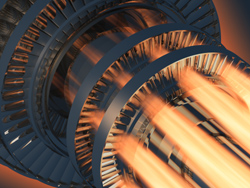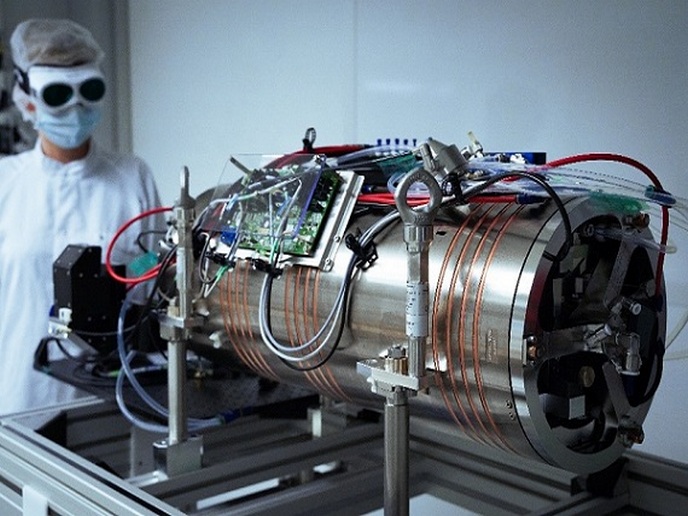New testing methods for new ceramic parts
Part of the challenge faced was to increase the inlet temperature to more than 1,400 degrees Celsius using uncooled parts, and to determine whether ceramic components can perform suitably at such extreme temperatures. Under these conditions, stationary gas turbines could experience a 20% gain in thermal efficiency and approximately 40% gain in output power. Developing a complete set of testing methods to evaluate whether ceramics were able to meet the specific loading conditions was therefore considered by CERCO project partners essential. An innovative ultrasonic inspection method was used to estimate the components of the stiffness matrix for oxide/oxide composite materials. The degradation of the material stiffness as a function of the time could then be derived under simulated gas turbine conditions. In addition, the functions which govern the accumulation of anisotropic damage of the oxide/oxide composite materials over the time were determined. Continuous monitoring of acoustic emissions during all tests performed under quasi-static conditions was supplemented by pattern recognition analysis of the acoustic emission signals. Project partners at the University of Patras in Greece were therefore able to complete characterisation of the damage initiation and progression mechanisms, as well as the failure modes of oxide/oxide composite materials. These results could significantly contribute to accelerating the exploitation of structural ceramics in gas turbine engines.







